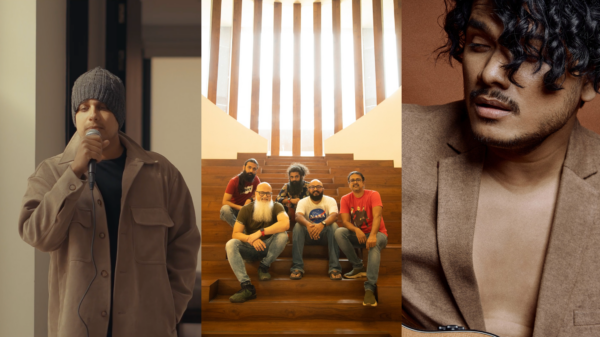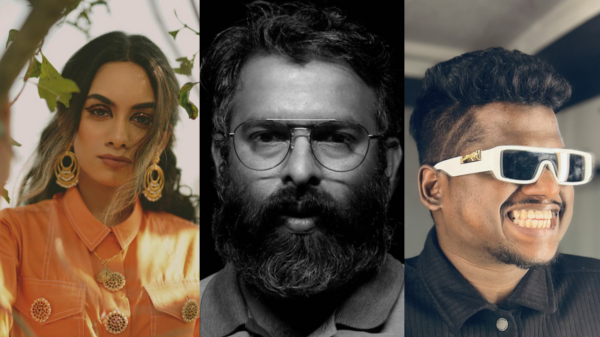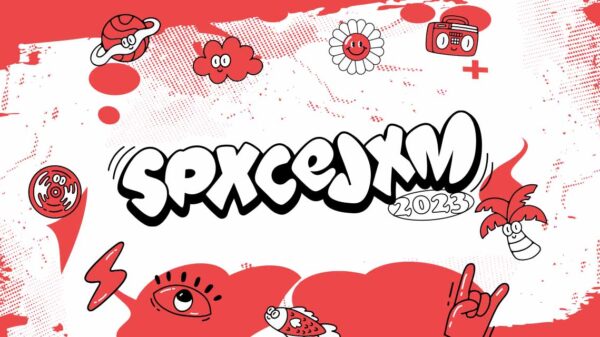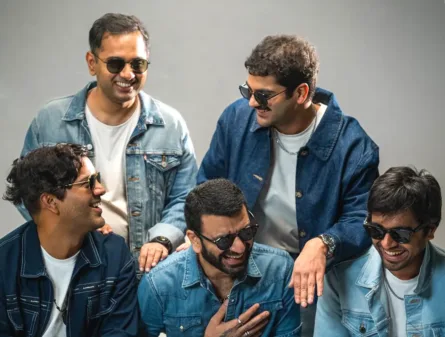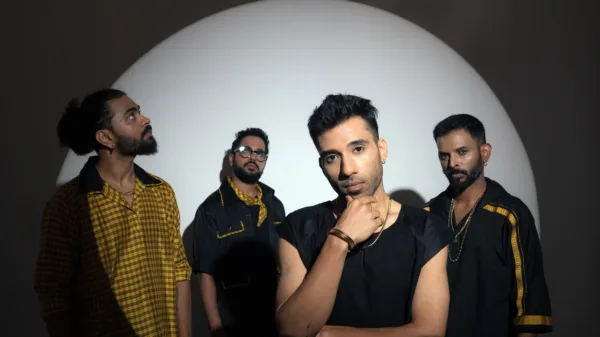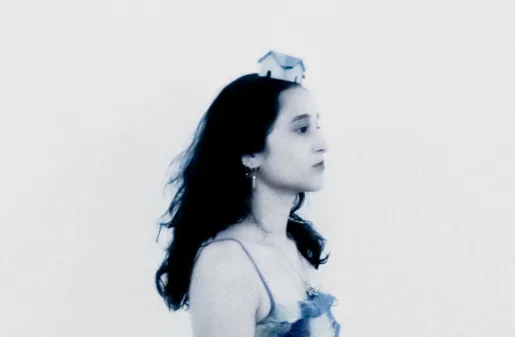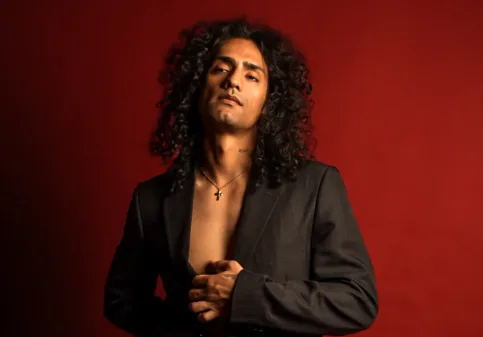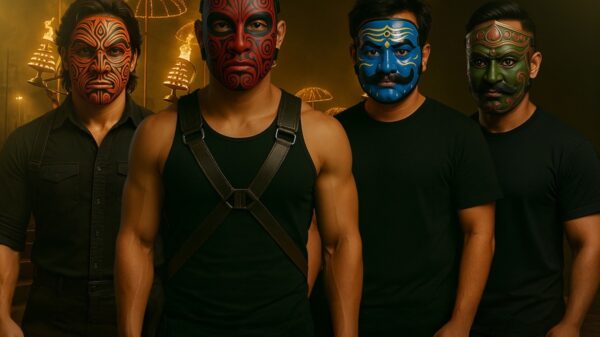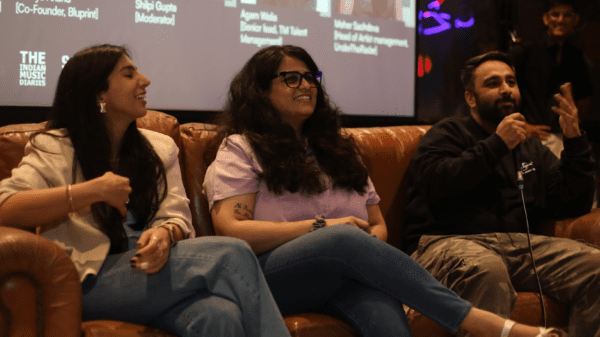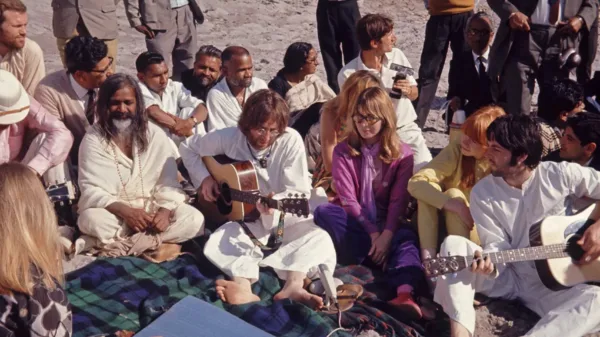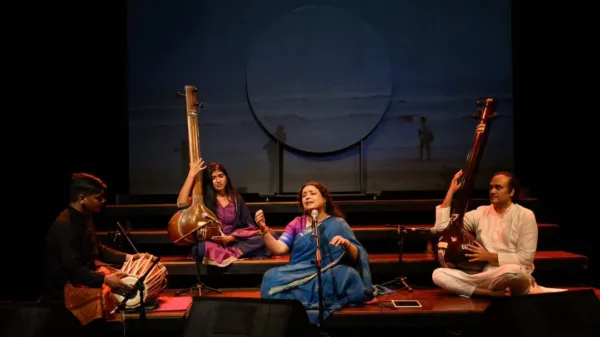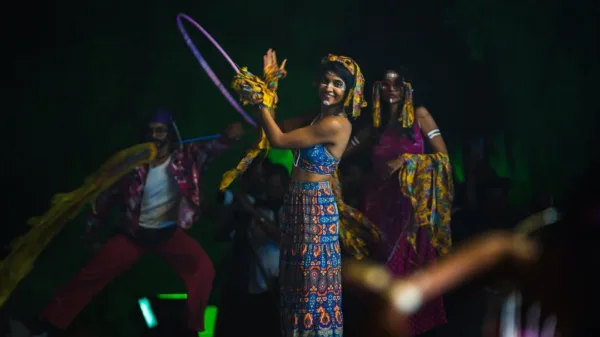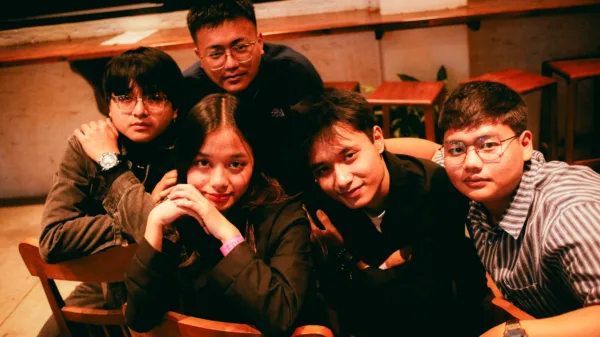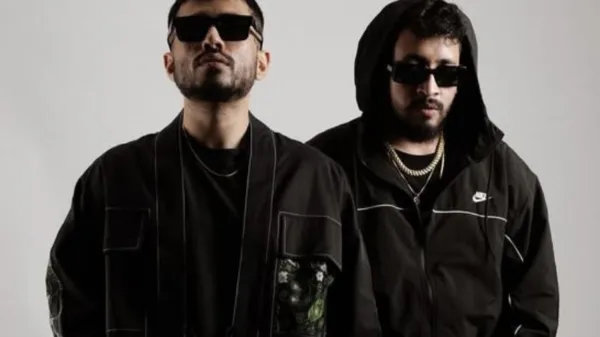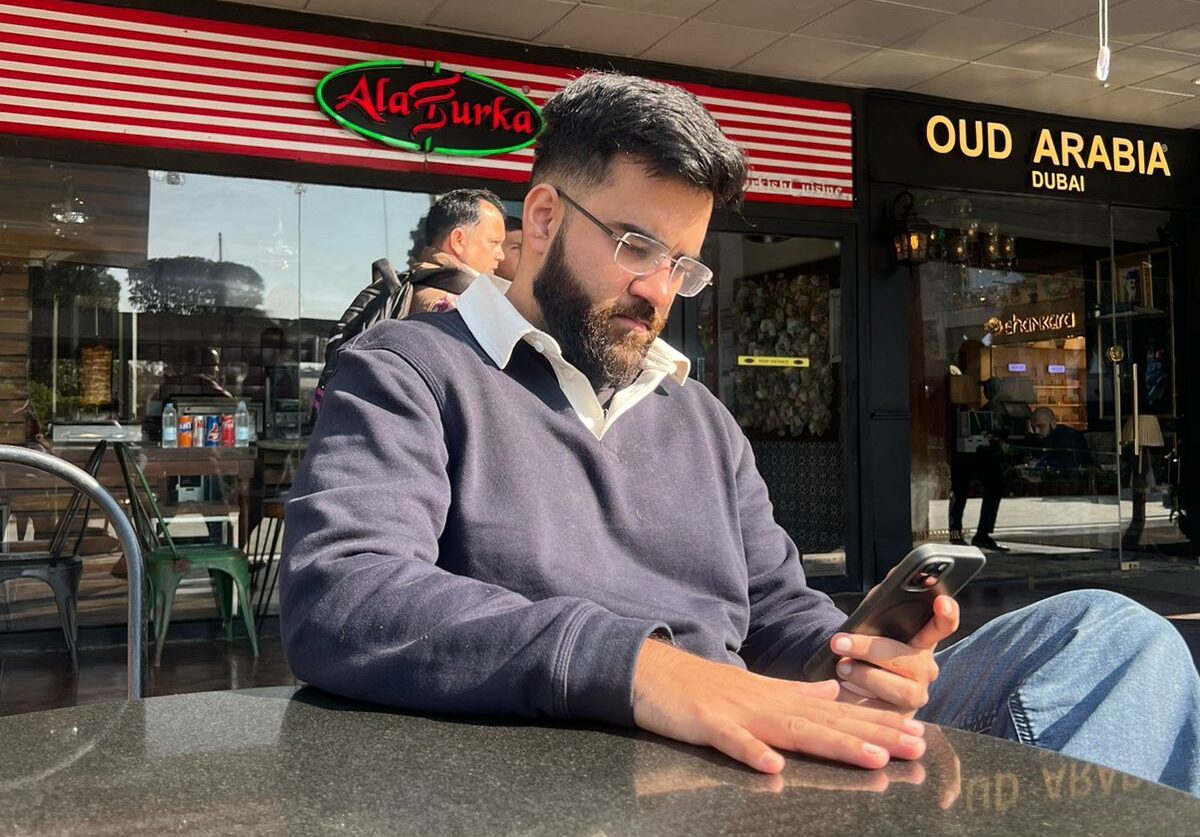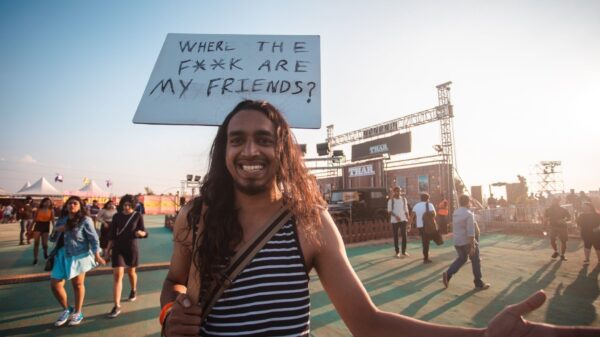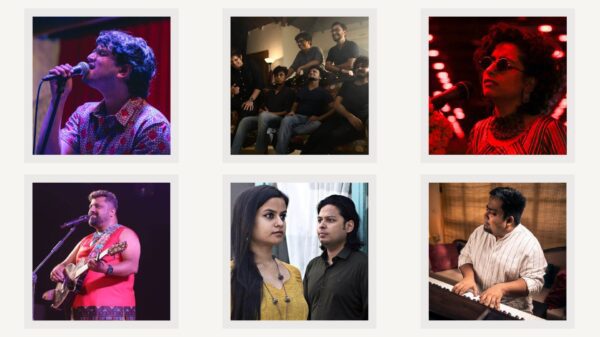Spotting talent, developing artists and building campaigns, and staying one step ahead of what listeners want — that’s what Anmol Dhand does every day. From helping artists break out to setting new trends in how music is marketed, he’s carved a space of his own. We caught up to talk about gut instinct, the rise of regional sounds, and the changing realities of making it in music today.
What’s the first thing you look for in an artist that tells you ‘this is it’?
Anmol Dhand: It’s mostly gut. There’s no defined way of doing this. I spend a lot of time on my screen — scrolling Instagram, Reddit, Twitter — trying to see what’s popping, what people are engaging with. When I hear a song, it doesn’t have to be something I’d personally put in my playlist. I just ask — does this have a target audience? That’s the real test. It’s like looking at a product and seeing if there’s a product-market fit.
Sometimes it’s about identifying product-market fit, sometimes it’s about creating a completely new market. Recently I came across an artist doing trap music in Marwadi — a sound that didn’t exist before but had the potential to create its own space. If you put something unique in front of enough people, it can find an audience. Artists like MC Stan and Vijay DK created new markets for themselves. Then there are artists like Rushil Aswal, whose sound fits an existing audience — his song Kehne Lagaa was a big hit. So it’s a mix. But honestly, it’s mostly gut.
Once a track is ready, what’s the first conversation you have with the artist around rollout?
If it’s just a single, there isn’t much of a traditional rollout. We focus more on identifying the right emotional angle — what part of the track can connect, what feeling does it tap into. Like for Scenario, the idea was to link it to a sarcastic, savage vibe, so we built a reel campaign around that using India’s Got Latent clips.
The artist brings in their intention — why they wrote the song, what it means to them. We then match that with what customers might feel when they hear it. If it’s a project or an EP, like Sammoohit’s Sattar EP, we build a much deeper world — artwork, documentary, historical references. For singles, the focus is to make it as big as possible with smart post-release content.
You’ve worked on some creative campaigns. What’s been your favorite?
Robin Hood — hands down. A collaborative EP between MC Altaf and Sammohit. AI tools like ChatGPT, Eleven Labs were just becoming mainstream and we leveraged them fully. We had Arnab Goswami and Amitabh Bachchan announcing tracklists and release dates via AI voices. Posters mashed up old Bollywood films. The campaign blew up and even industry veterans reached out. I think it was the first AI-led rollout in India — maybe even globally.
What’s your personal journey into music been like?
I come from an army family, grew up mostly in remote areas — Tier 2, Tier 3 cities. Discovered hip-hop by accident through a Walkman while living in Ladakh. Eminem, 50 Cent, Akon were my first exposure to English music. Moved to Jodhpur later, where people were listening to Green Day, Linkin Park — but nothing resonated with me like hip-hop did.
Over time, I got introduced to Honey Singh, Bohemia, Raftaar, DIVINE, and more. Started a page called 101 Hip Hop while in college. Later worked at Goldman Sachs for nine months but hated it. Eventually, I reached out to Chaitanya from Gully Gang, got hired, and found my way into the industry. I tried making music too — writing, instruments — but failed miserably. Working behind the scenes balanced my love for music with my skills.
There’s a rise in regional hip-hop — what do you make of that?
Regional is booming. Punjabi music is its own massive industry now. Beyond that, Marathi hip-hop is growing fast — artists like Sambata, Swagger Boy,, Young DSA are killing it. Haryanvi is another space that’s exploding — Krish Rao, an incredible artist I discovered and we eventually signed at GG, is doing incredible genre-blending work.
There’s also emerging talent in Marwadi trap like The UD. South Indian languages are growing too — Mass Appeal has signed some Malayalam artists doing amazing work. Regional diversity is only getting stronger, and that’s exciting.
What’s the biggest gap you see in how artists perceive marketing vs how it actually works?
Artists tend to outsource marketing without understanding it themselves, and that’s risky. Many agencies are just aggregators — posting on pages without real strategy. If you don’t understand platforms like Instagram Reels yourself, you’re vulnerable.
Most viral songs we’ve worked on didn’t have huge budgets. It’s about smart, strategic work — not about throwing money around. Artists need to either learn marketing basics themselves or have someone in their corner who truly gets it.
If you could change one thing about how the music industry functions, what would it be?
Artists need to stop seeing labels as villains. If you’re small and a label offers you money upfront to own your masters — take it. Early on, you need support — marketing, distribution, financial backing. Later, when you have leverage, you can negotiate better. But initially? Labels take the bigger risk. 80% of the time, labels don’t even recoup. Understanding economics is crucial.
Top 3 things an artist should do before releasing music?
First — scroll. Spend time understanding what content works. Second — release often and learn from every drop. Third — don’t overthink it. Focus on improving by 1% with every release, whether it’s marketing, writing, or audience building.
Tell us about Mashooriya. What makes you different?
Mashooriya is a marketing company that works with artists, labels, and distribution platforms. We don’t take every project — only the ones we truly believe have potential. We’re becoming trendsetters — introducing creative strategies that others then replicate.
We think of campaigns as art — not just numbers and analytics. Our success rate is high because we care deeply about every project. The future plan is to also start signing and releasing our own music — helping artists from 0 to 1, not just those already winning.

